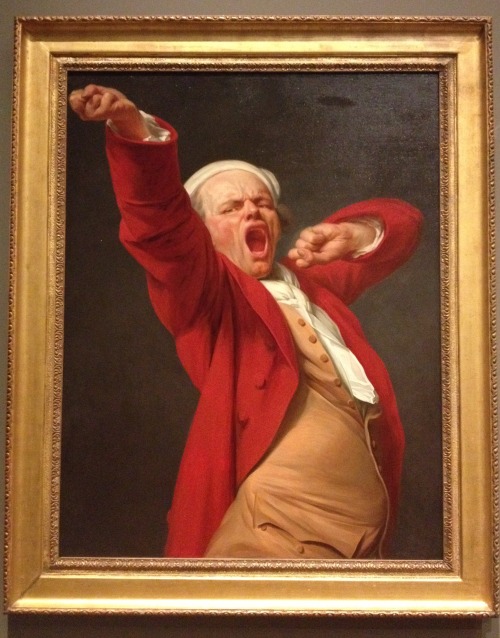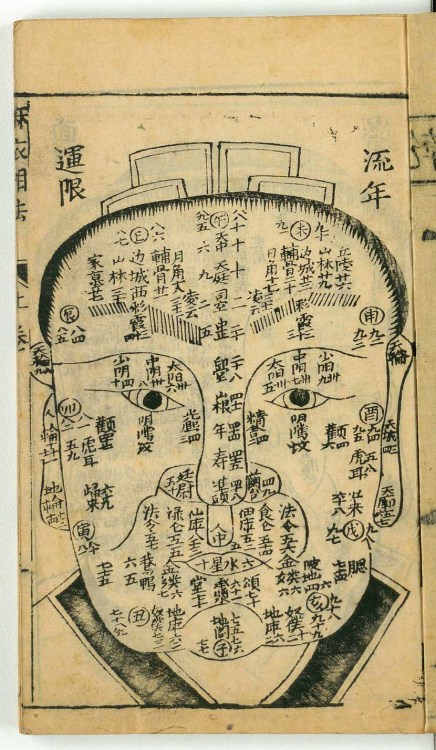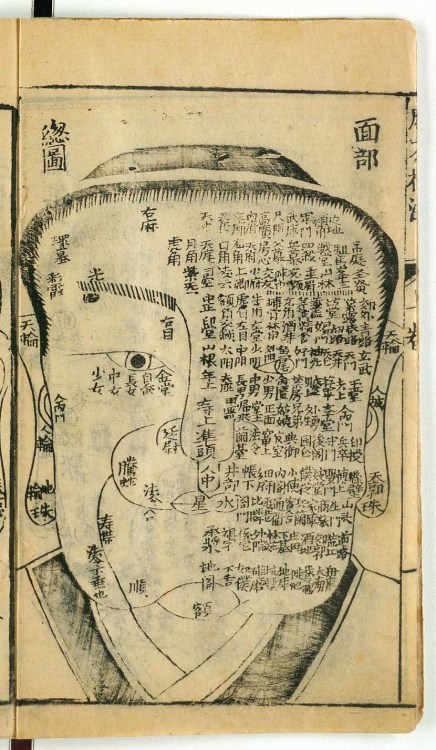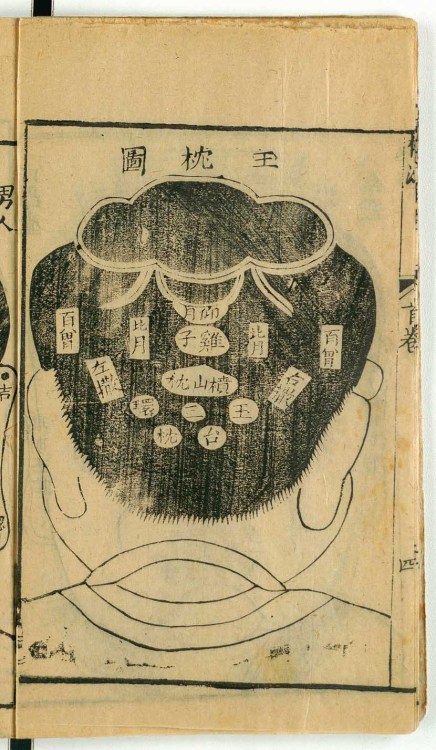#physiognomy

Is there a remarkable similarity between the Smithsonian rendering of a Neanderthal and a Romanian influencer?
Joseph Ducreux, Self-Portrait, Yawning, 1783 @GettyMuseum@thegetty
Good morning!
Joseph Ducreux experimented with the traditional limitations of the genre of self-portraiture by creating an expressive, humorous, and rather unorthodox image of himself stretching and yawning. Dressed informally in a turban and bright red jacket, Ducreux, in the midst of a huge yawn, opens his mouth wide, contorting his face with the effort and stretching his right arm toward the viewer. Holding this exaggerated pose, his back sways and his stomach pushes forward; his entire body presses up close to the surface of the picture.
Ducreux was interested in the study of physiognomy and frequently used his own features as a convenient means to observe various expressions. In fact, he executed dozens of similarly exaggerated self-portraits throughout his career. A contemporary critic admired this self-portrait for its warmth, color, and expression, but later critics complained about the repetition of the subject. *
French Portraitist at the court of Louis XVI, a baron and premier peintre de la reine (First Painter to the Queen), Ducreux was a student of (one of my favorite) pastelist Maurice-Quentine de la Tour. *
Post link
Charles Le Brun—La Physiognomie, c. 1600s.
LeBrun studied the lines linking different points of the head in a complex geometry which revealed the faculties of the spirit or character. Thus, the angle formed by the axis of the eyes and the eyebrows could lead to various conclusions, depending upon whether or not this angle rose toward the forehead to join the soul or descended toward the nose and mouth, which were considered to be animal features.
(i.e. 17th century proto-animorphs?)
Post link
Anonymous:Xinjuan quanxiang Mayi xiangfa. Chinese block-prints from the 6th year in the Qianlong reign [1741] in two volumes. About Physiognomy, Chiromancy and furtune-telling. Printed after an edition from the late Ming period: Wanli yihai [1599]
Post link











